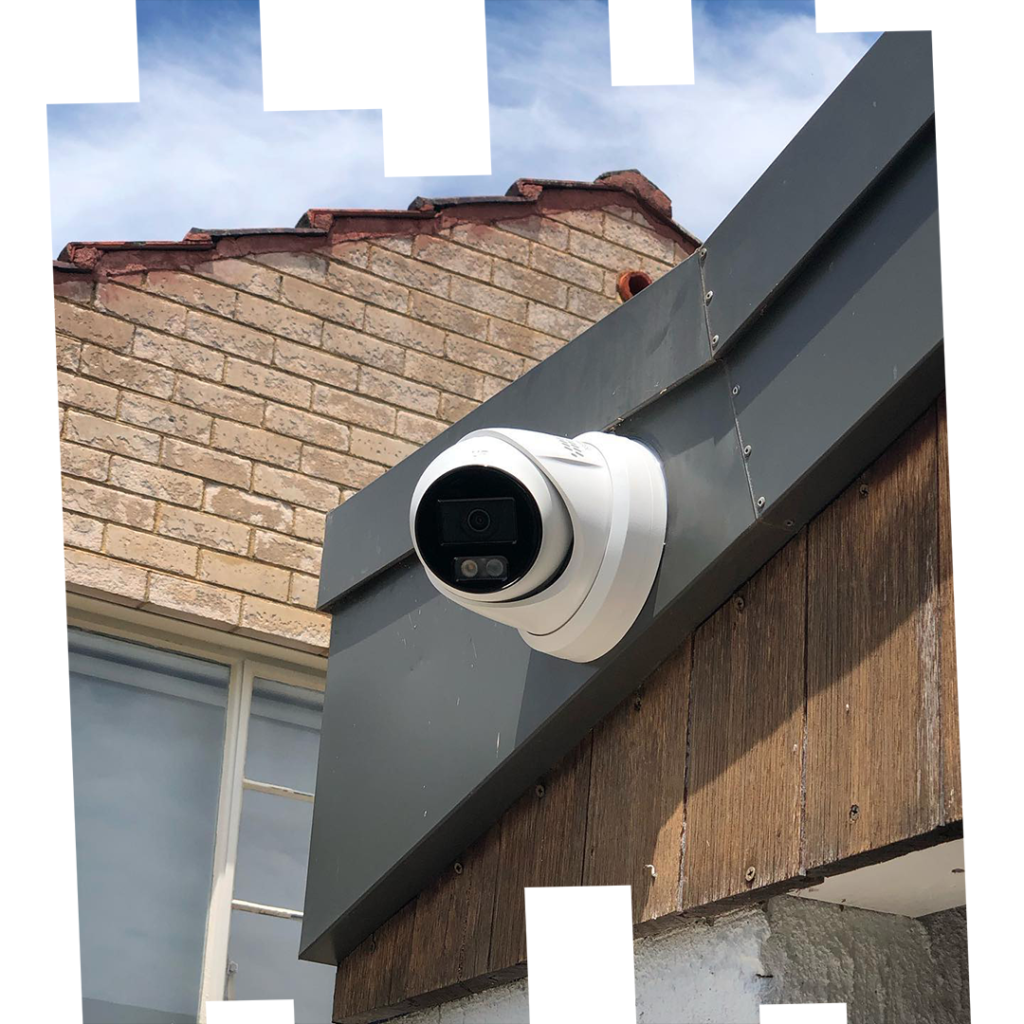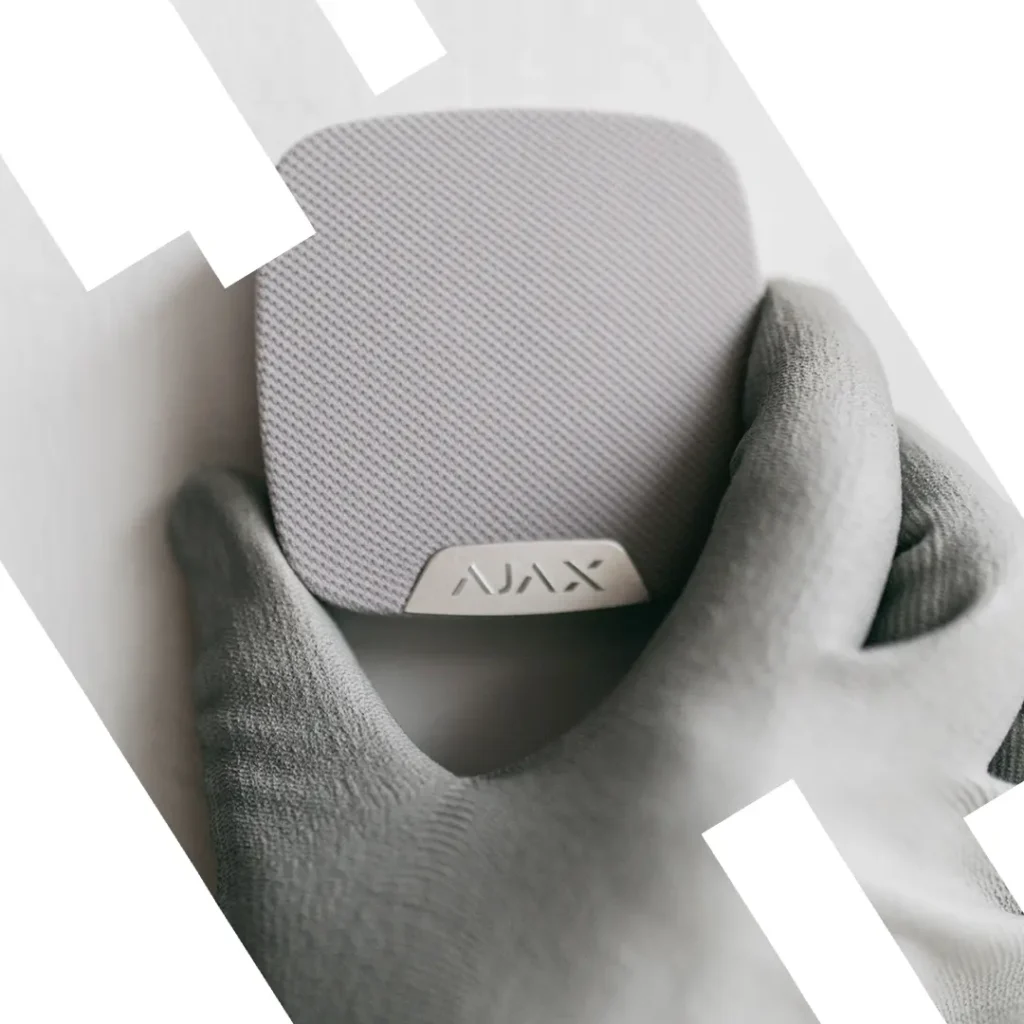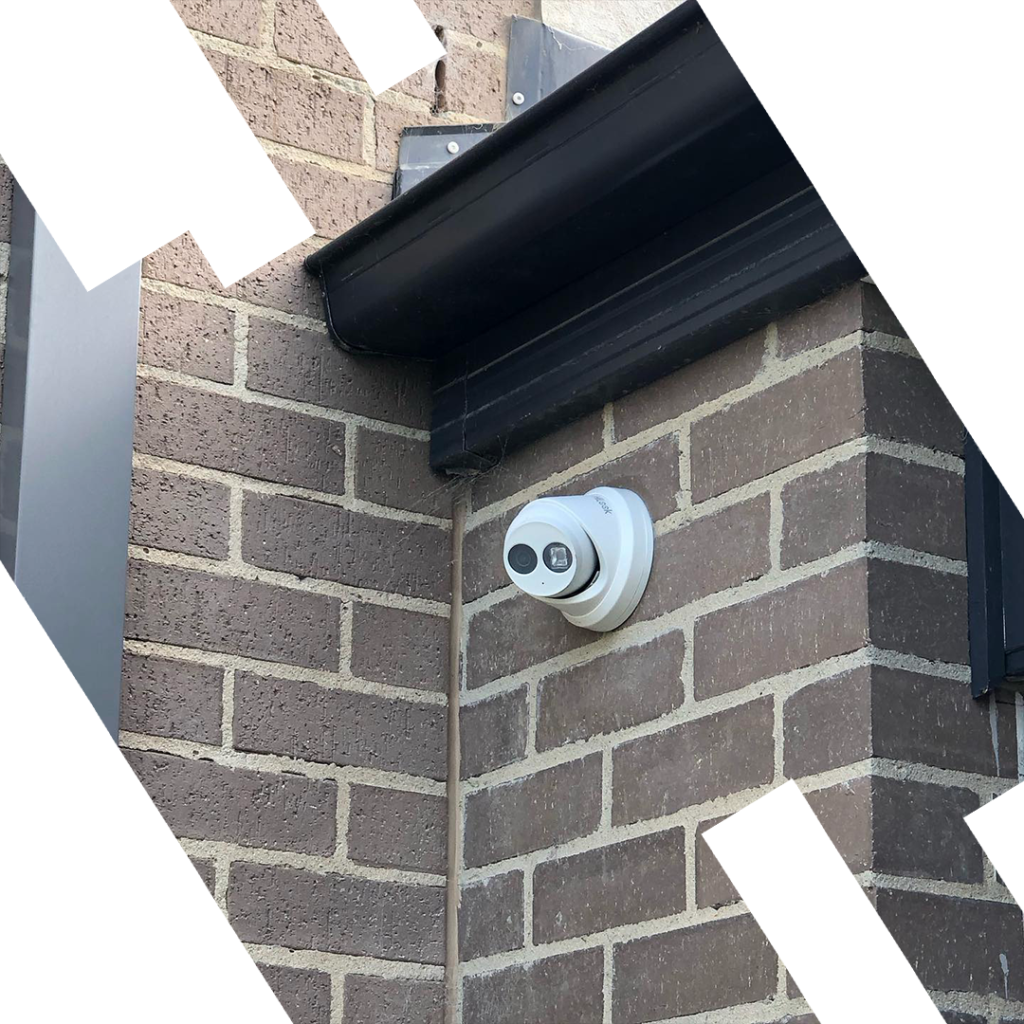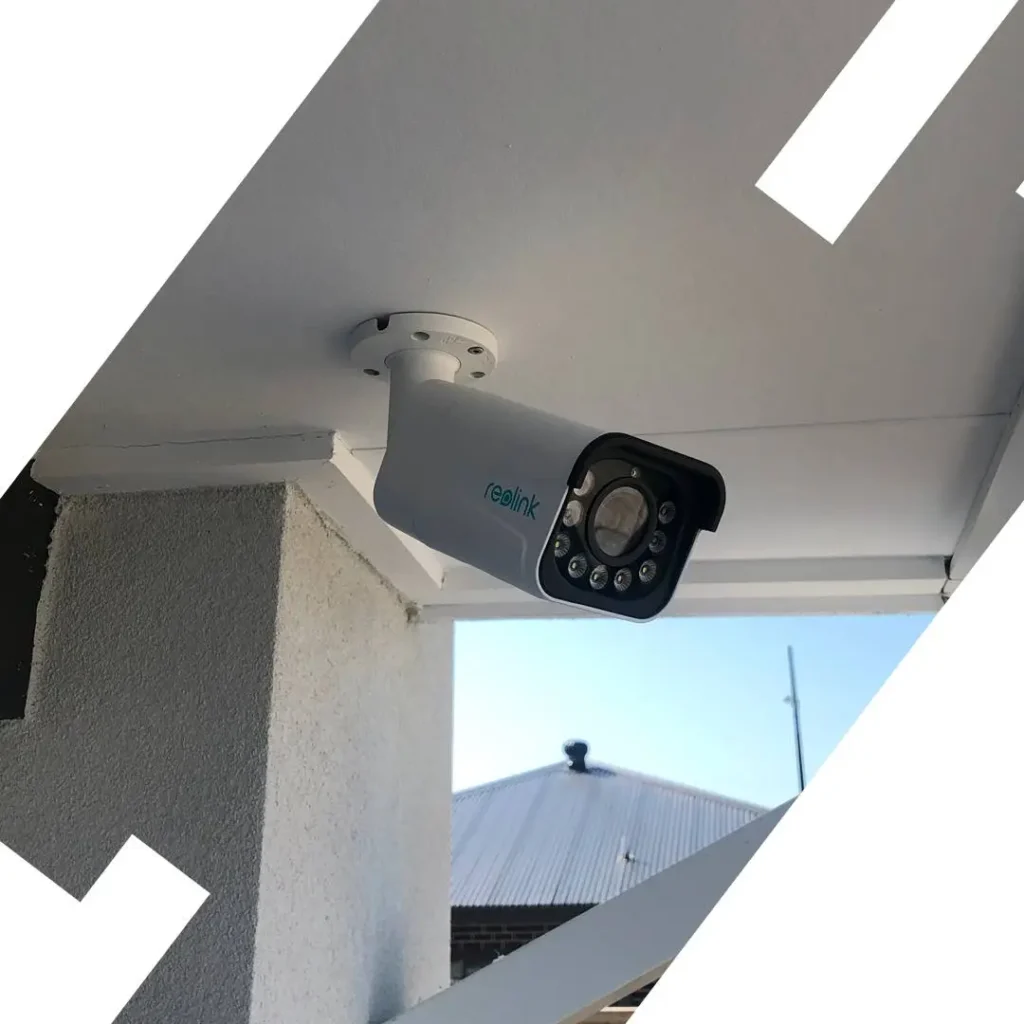Smoke Alarm Specialists Hampton — Fire & Life Safety with AJAX
Hampton’s coastal homes: a distinct fire-risk profile
Hampton’s prestige homes—expansive floor plans, double-storey spaces, timber finishes, integrated garages and pool houses—need a different fire-safety approach than typical suburban dwellings. Open-plan layouts let smoke drift unpredictably; high ceilings and voids cause stratification that delays detection; HVAC can push smoke between zones. Wine cellars, cinemas, butler’s pantries and outdoor kitchens add fuel loads absent in simpler layouts. Coastal factors—salt air, fine sand and humidity—can shorten device life unless equipment is built for harsh environments.
Key placement & system choices for Hampton homes:
- Interlinked coverage: alarms trigger together so a detector in a garage or pavilion warns the main residence instantly.
- Accurate placement: position detectors away from “dead air” near ceiling intersections and features that slow smoke.
- Comprehensive zones: cover hallways between bedrooms, every storey, and higher-risk areas such as laundries and plant rooms.
- Kitchen strategy: prefer heat detection near cooking areas to limit nuisance alarms while keeping fast warning.
- Power model by project stage: new builds use mains-powered alarms with backup; established homes can adopt sealed long-life battery models to avoid invasive works.
Across scenarios, professional design cuts false alerts and ensures the earliest credible warning—critical at night when reaction times slow.
Schedule your free site visit now!
Call +61 406 432 691 or complete the form and we will contact you.

🔥 The AJAX fire ecosystem for premium residences
AJAX Systems’ FireProtect 2 range is purpose-built for modern homes that prioritise performance and design. Devices use photoelectric smoke sensing for smouldering fires, with heat sensors for rapid, flaming events and optional carbon-monoxide (CO) detection for garages or gas-appliance areas. Each detector includes a powerful built-in sounder and—crucial for large properties—interlinked alarms so all units sound together when any one detects danger.
FireProtect 2 for premium residences: coverage, alerts, and power options
- Whole-estate coverage: AJAX’s secure long-range radio and optional ReX extenders reach detached studios, pool houses and gatehouses without hardwiring.
- Actionable notifications: owners receive instant smartphone alerts showing the room name and event type (smoke, heat, CO) — essential when the residence is unoccupied.
- Flexible power strategy: choose battery models with multi-year life or AC models with mains supply and backup. During renovations, mix both: AC in accessible ceilings, battery where wiring is impractical.
Design and maintenance fit for prestige homes
- Low-profile look: refined housings blend with interiors; status LEDs are discreet yet visible during tests.
- Smart hush: nuisance alarms from cooking can be silenced safely without disabling protection.
- Proactive upkeep: device health—battery status, signal strength, and tamper events—is monitored continuously in the AJAX app, shifting maintenance from reactive to proactive.
Together, these features deliver rapid detection, clear alerts and elegant integration—exactly what expansive coastal properties require from a modern life-safety system.
🛡️ From detection to protection: integrating fire with security and automation
The reason Hampton homeowners choose AJAX isn’t only detection—it’s orchestration. Because fire and intrusion belong to the same AJAX platform, a confirmed fire event can trigger scenes that reduce risk and guide evacuation across the whole property.
This unified approach avoids the pitfalls of bolt-on gadgets that don’t communicate. It elevates remote response: if the home is empty, owners and caretakers still get rich context—event timelines, camera snapshots (where fitted), and which room triggered first—so they can escalate promptly to the fire brigade or a monitoring centre. For estates with boathouses, workshops or collector garages, AJAX zoning and clear room naming keep status obvious at a glance.
🌊 Designing for coastal architecture: layout, materials and radio planning
Premium coastal homes often feature concrete cores, steel frames, stone feature walls and double-glazed voids—beautiful, but challenging for wireless signals and for the physics of smoke movement. A professional AJAX design begins with a walkthrough to map likely fire sources, sleeping zones and vertical smoke paths (stairwells, ducts, lift shafts). Detector placement is chosen to avoid corners and ceiling features where air is stagnant, while respecting the interior lines. In kitchens, heat detectors are preferred to minimise cooking-aerosol nuisance; in laundries and plant rooms, heat + early warning from adjacent circulation spaces keeps balance.
Radio planning for coastal architecture
- Overlapping coverage: position ReX extenders to mesh pavilions and outdoor structures, keeping link quality high through concrete or masonry.
- Materials-aware placement: where aluminium ceilings or coastal cladding attenuate signals, adjust locations and verify with live strength readings in the app.
- Longevity by environment: use AC models in protected ceiling voids or sheltered spots; choose battery models with sealed chambers to resist dust and humidity.
- Audibility checks: confirm alarm reach and interlink behaviour in children’s rooms and guest suites with doors closed and HVAC running.
Commissioning & verification
- Functional tests: smoke (with test aerosol where appropriate), heat thresholds, and CO for combined models.
- Propagation timing: measure interlink alarm spread across all storeys and detached zones.
- Audibility survey: confirm siren levels are clear in sleeping areas and across circulation paths.
- Notifications & roles: validate app alerts to multiple users (owners, caretakers) with correct room names and event types.
The result is a plan that respects the architecture while delivering measurably robust coverage—wireless links proven on site, detectors placed for realistic smoke movement, and commissioning data that stands up over time.
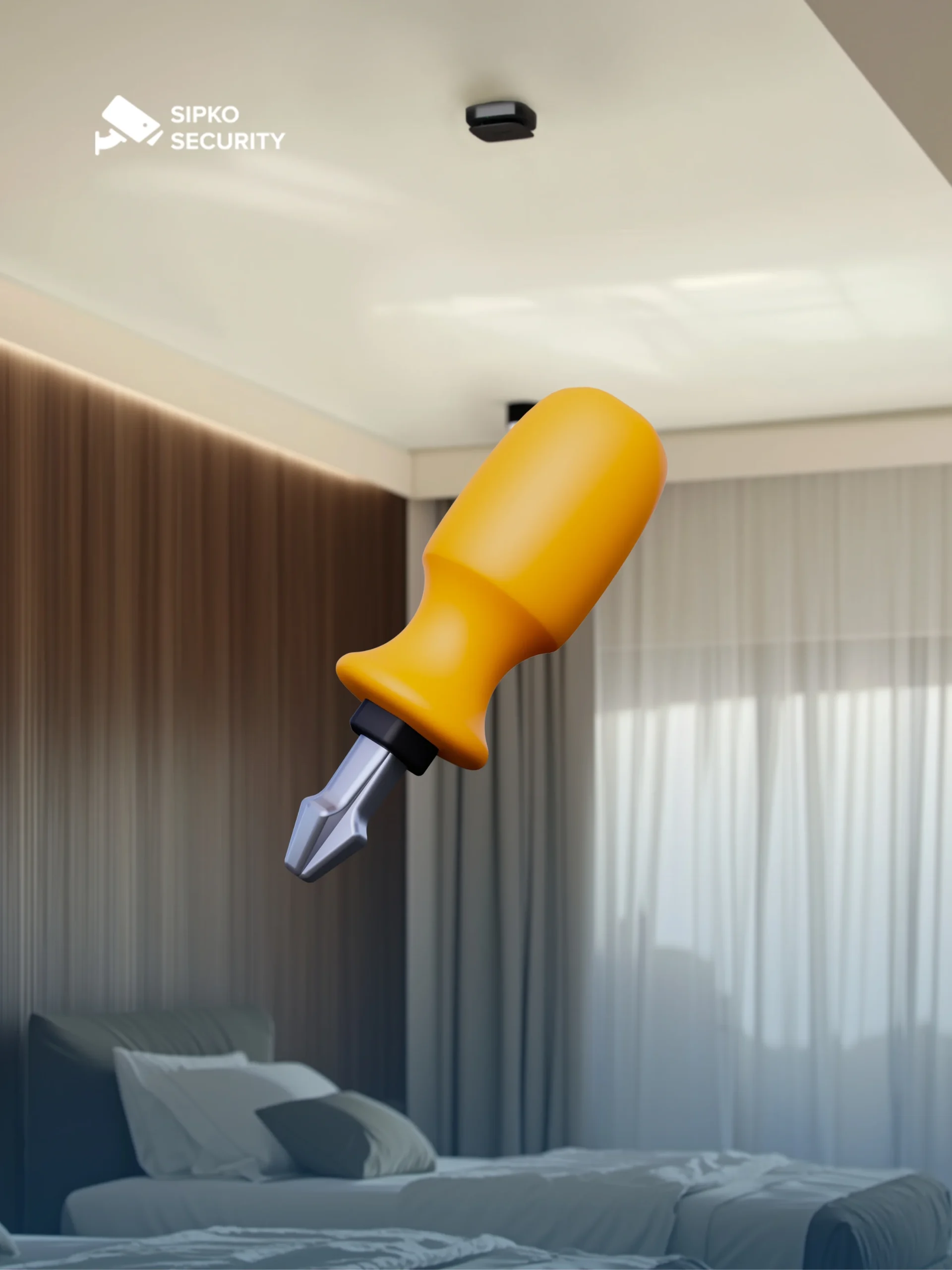
📜 Compliance, documentation and long-term reliability
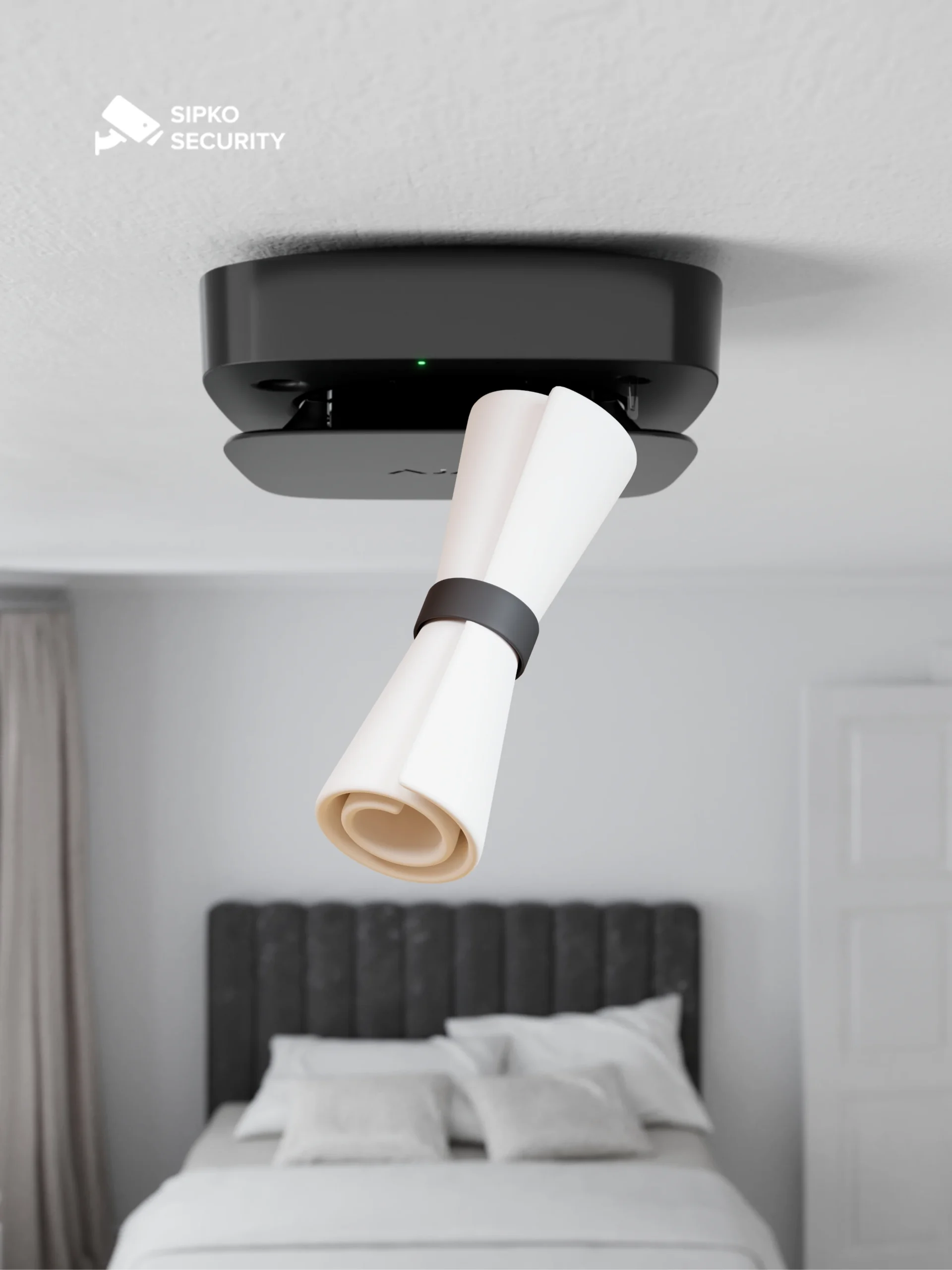
Treat life-safety devices as a managed asset. On handover, each detector is room-named in the app (e.g., “Upper Hall Smoke,” “Butler’s Pantry Heat,” “Garage CO”) and a floor plan is saved. Schedule monthly checks, annual service and end-of-life replacement. Dashboards flag low battery, tamper and offline devices early.
Lifecycle management & labelling
- Structured handover: clear room names and a stored floor plan keep locations unambiguous.
- Planned maintenance: reminders for monthly tests, annual cleaning and timely replacement sustain reliability.
- Health monitoring: dashboards surface battery, signal and tamper for proactive fixes.
Standards alignment for Melbourne residences
- Code compliance: aligned with the National Construction Code (BCA) and residential AS standard; photoelectric preferred.
- Coverage: alarms on each storey, in bedroom hallways, and likely ignition areas.
- Interconnection: one alarm → all sound for whole-home audibility.
- Power: new builds use mains + backup; retrofits mix AC and sealed long-life battery.
Documentation, monitoring & education
- Insurer evidence: proof of interlinked alarms and regular testing.
- Exportable logs: event/test logs support compliance and renewals.
- Priority signalling: monitored sites route fire on distinct priority paths.
- Household education: safe hush, recognising CO vs smoke, and an agreed meeting point.
Hampton-ready means early detection, smart integration and disciplined lifecycle. AJAX unifies these—subtle in architecture, strong for people, resilient on the coast.






